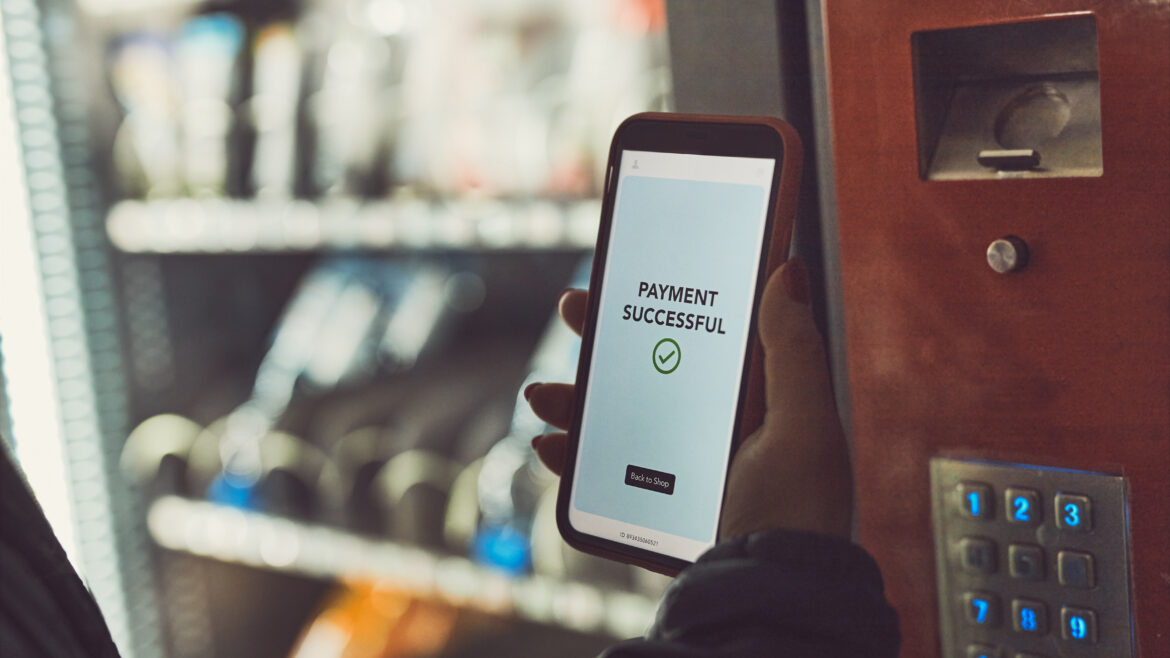Succeeding with Vending Management System
While most vending operators are well aware of the importance of a good vending management system (VMS), when it comes to continued investment in new technology, making the right choices can be tricky. With an ever-expanding field of providers and experts, operators face a lot of decisions. We break down the best way for operators to shop when they’re looking to add new features and functionality to their VMS.
1. Pick an Open Platform Solution
When it comes to making a new investment, the last thing you’ll want to have to worry about is migrating data. Look for solutions that provide an open platform with multiple integration options data sharing between your VMS and other business systems.
2. Pick a solution that is intuitive
New technology means time spent onboarding employees both new and seasoned. When it comes to investing in add-ons to their VMS, operators should focus on platforms that are intuitive and user-friendly to maximize employee use and minimize training needs.
3. Pick a solution that allows employees to use their own devices
An investment in new technology seems expensive, especially when hardware is considered, but with a focus on mobile technology, these expenses can be negated. Operators should seek solutions that are mobile-friendly (across both Apple and Android operating systems) and ideally allow associates to access software tools right from their own mobile devices or tablets. Additionally, technologies that are compatible with cloud-based systems that allow for the dissolution of location-based servers.
4. Prioritize real-time data
Data means actionable insights, but only if you have it when you need it. Prioritize live data that can be shared between drivers in the field and supervisors in the office to increase efficiency in every route visit.

5. Pick a solution that allows phased upgrades
For operators with large workforces, the idea of having to update everyone’s devices can be daunting. Operators should look for platforms that allow for phased upgrades, enabling them to update as they replace old devices. This means you can follow an upgrade path that is modular and can be executed in phase.
The Takeaway
As you continue to update and invest in your Vending Management System, ask us how you can implement smart, economical solutions that maximize efficiency in your operation.



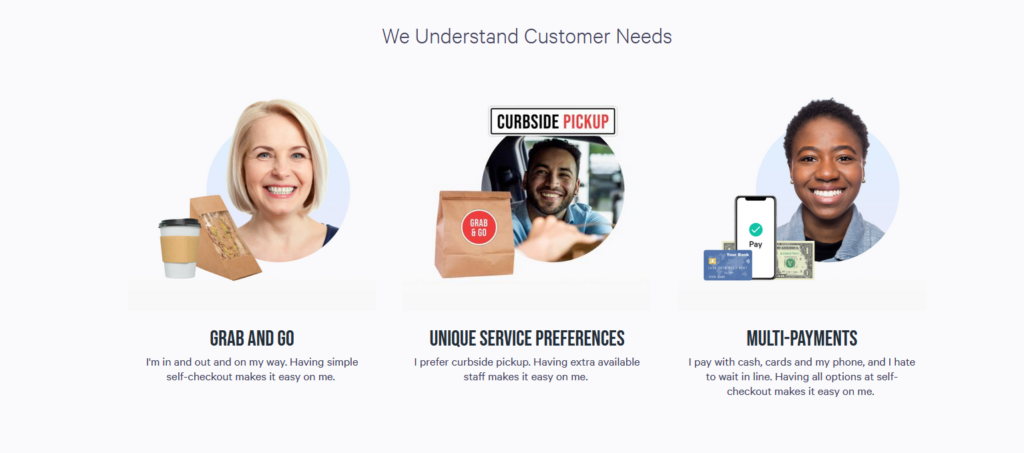
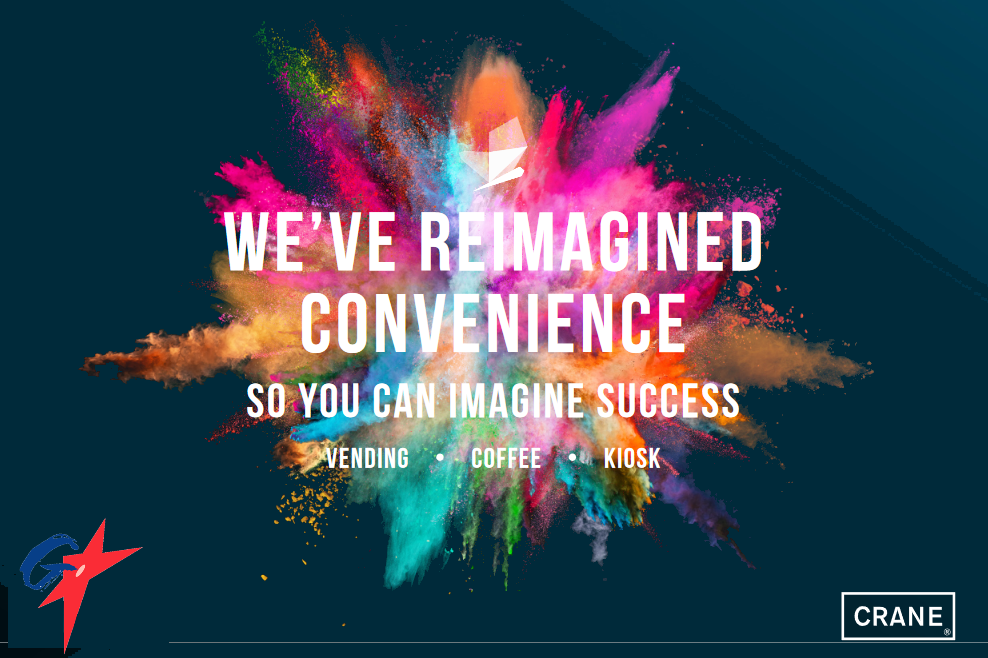

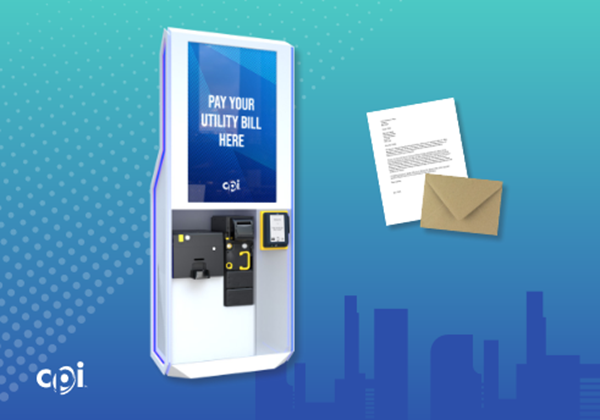
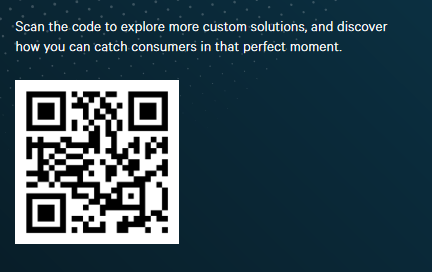
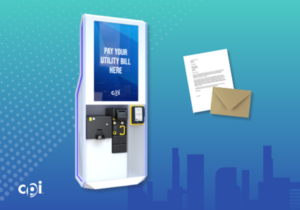 If it’s easy, convenient and stream line, customers and employees have learned to take care of it themselves. Sometimes a kiosk replaces a long line for ordering. A kiosk can also be places to receive payments like utilities. A kiosk can provide an immersive experience. A kiosk can be an employee portal to buying from the company store, ordering from the cafeteria, or becoming immersed in more about the company they work for with timely messaging.
If it’s easy, convenient and stream line, customers and employees have learned to take care of it themselves. Sometimes a kiosk replaces a long line for ordering. A kiosk can also be places to receive payments like utilities. A kiosk can provide an immersive experience. A kiosk can be an employee portal to buying from the company store, ordering from the cafeteria, or becoming immersed in more about the company they work for with timely messaging.
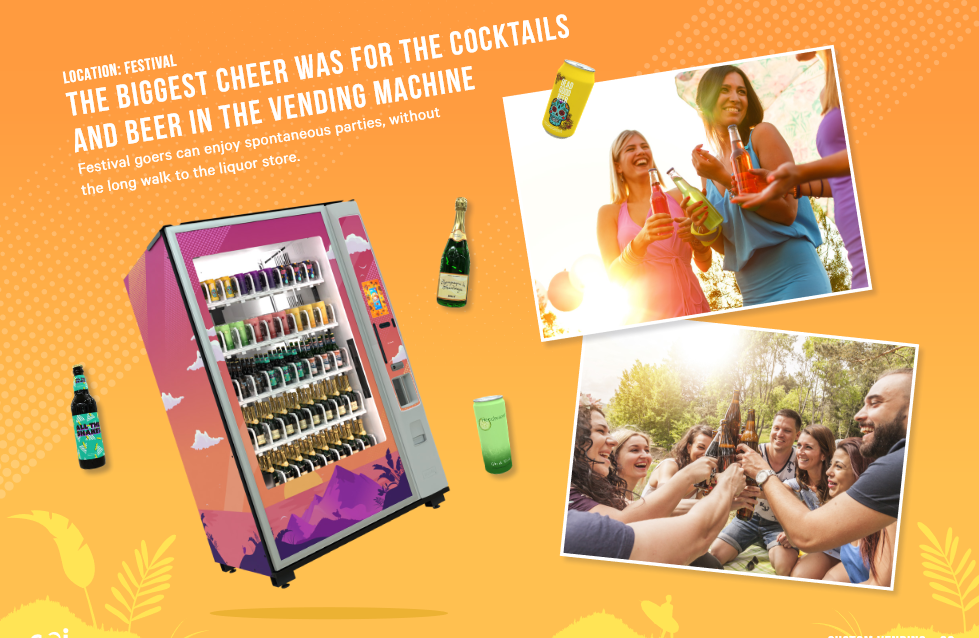

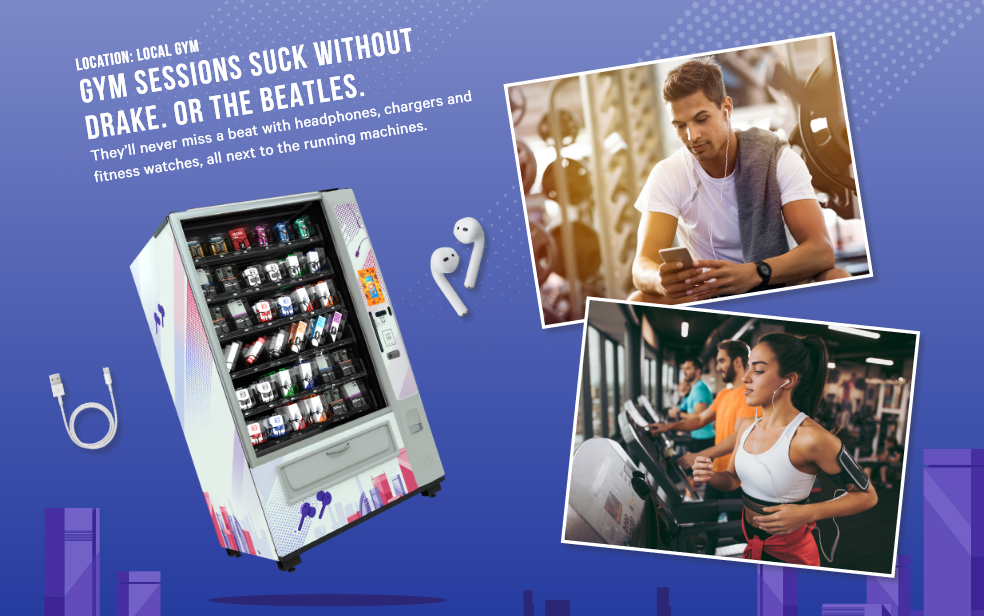
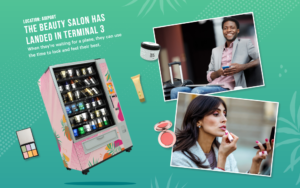 What a better place to find specialty customers that are in a hurry and will spend at a premium to get what they want when they want it.
What a better place to find specialty customers that are in a hurry and will spend at a premium to get what they want when they want it.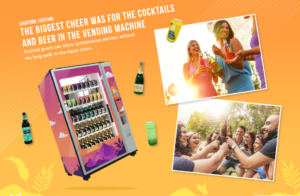 It takes a tremendous amount of capital investment to promote a concert, festival or outdoor event. To become a long term business, it takes keeping the immediate gratification of event goers happy.
It takes a tremendous amount of capital investment to promote a concert, festival or outdoor event. To become a long term business, it takes keeping the immediate gratification of event goers happy. Middle and High schools are excellent locations for vending machines.
Middle and High schools are excellent locations for vending machines.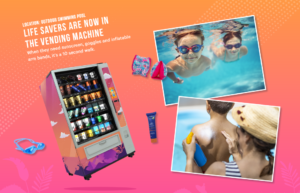 What’s better in the summer than a swimming pool? But that can be easily changed to a nightmare when you forget the sunscreen.
What’s better in the summer than a swimming pool? But that can be easily changed to a nightmare when you forget the sunscreen. What does everyone need a the gym? Sell it in a vending machine!
What does everyone need a the gym? Sell it in a vending machine!



